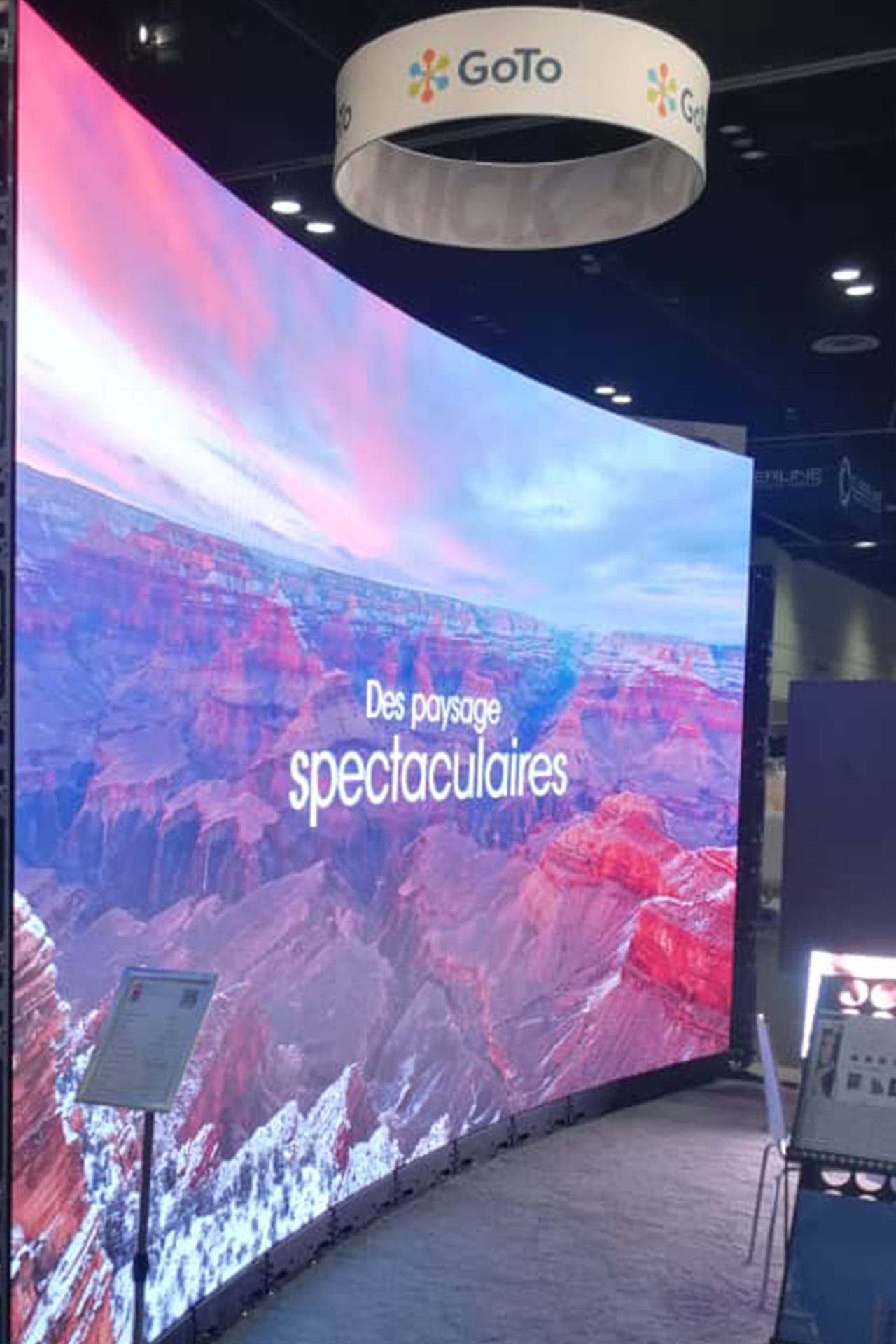Grasping the Frequent Causes of Light Emitting Diode Screen Display Breakdown
Wiki Article

Light Emitting Diode wall panels are widely utilized in various settings, ranging from ads to residential cinemas. These panels are favored because they deliver bright and vibrant visuals while being power-saving. However, like all digital devices, LED panel panels can experience malfunctions. Comprehending the common reasons of these failures is crucial for maintaining their performance and guaranteeing durability. This article explores several critical elements that can lead to the failure of LED wall screens.
One of the primary common causes of malfunction in LED panel screens is excessive heat. LED systems generates heat during use, and if this heat is not adequately controlled, it can damage internal components. Poor ventilation or inadequate cooling mechanisms can exacerbate the problem. When the heat rises beyond the recommended levels, it can lead to diminished brightness, color deviation, or complete failure of the panel. Regular maintenance, including cleaning air vents and maintaining adequate airflow, can help avoid overheating and extend the lifespan of the panel.
Another significant cause contributing to LED wall screen malfunction is electricity spikes. Variations in the electric supply can result in damage to electronic components within the panel. Sudden jumps in electricity can cause to blown fuses or damaged circuits, leading in non-functional displays. Using surge safeguards and power controllers can reduce this threat by normalizing the power supply and protecting sensitive digital components. Ensuring that the electrical infrastructure is up to standard and able of supporting the power requirements of the panel is also critical.
External factors play a vital role in the performance of LED wall panels. Exposure to harsh temperatures, humidity, or dust can negatively impact their operation. For instance, high humidity can result to water buildup inside the screen, which can result in short circuits or damage of internal components. Similarly, excessive dust accumulation can block ventilation and result to overheating. Placing LED screens in controlled environments and frequently maintaining them can help maintain optimal performance and prevent failures.
Additionally, production flaws can result to early failures in LED wall screens. Quality assurance during production is essential to ensure that each screen meets market standards. Faulty components or poor assembly can result in issues Click Here such as dead pixels or uneven brightness. It is important for buyers to buy LED wall panels from trusted brands that provide guarantees and support. This ensures that any potential defects can be resolved quickly, minimizing downtime and frustration.
In read conclusion, comprehending the frequent reasons of LED wall panel failure can help consumers take preventive measures to ensure their longevity and functionality. By tackling overheating, protecting against power surges, considering external conditions, and choosing quality products, consumers can greatly reduce the risk of malfunction. Regular care and knowledge of these elements will result to a better experience with LED panel screens, whether for individual or business use.